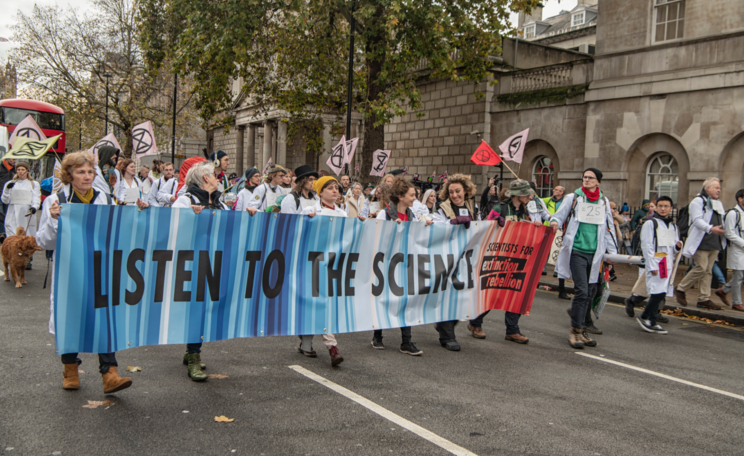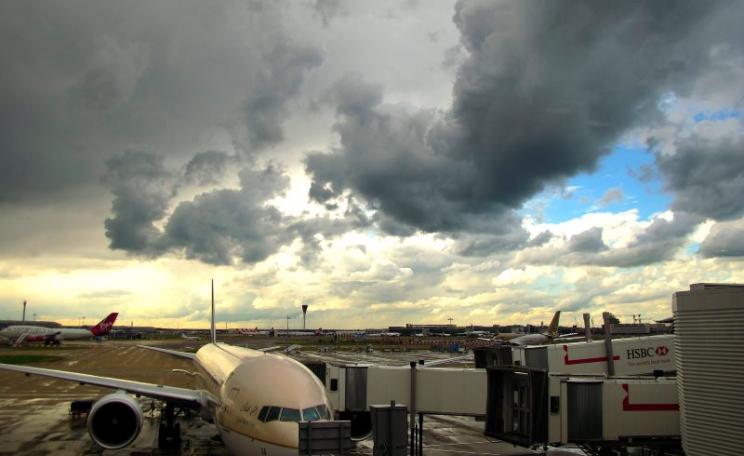This is the first time I have seen such a dramatic drop-off over such a wide area for a specific event.
Air pollution in China, as measured by levels of nitrogen dioxide (NO2), fell by 48 percent during lockdown, as a result of the economic fall-out from policies implemented to prevent the spread of Covid-19, a study has found.
Researchers used data from NASA’s Aura satellite and the European Copernicus Sentinel-5 Precursor satellite to measure levels of nitrogen dioxide (NO2), in the first study to quantify the environmental and economic impact of China’s Covid-19 policies.
Levels of NO2, a noxious gas emitted by cars and factories when fossil fuels are burned, were used as an indication of economic activity.
Health
The research team, including from the University of Exeter Business School and NASA, found China’s NO2 levels declined dramatically during February and March 2020 as businesses closed their doors, people began to work from home and quarantine measures were put in place.
Oliver Hauser, associate professor of economics at the University of Exeter Business School, said: “This unusual period offers a rare counterfactual of a potential society which uses substantially less fossil fuels and has lower mobility.”
Aaron Page, a PhD Candidate at the University of Exeter Business School, said: “Many Chinese cities have poor air quality that reduces life expectancy and quality. While temporary, these substantial reductions in air pollution may have positive health implications for the lives of residents in otherwise heavily polluted areas.”
Most of China’s provinces went into lockdown on the day of the Lunar New Year, the start of a week-long public holiday. The satellite measurements showed a 48 percent drop in NO2 levels over the 20 days after the Lunar New Year on 25 January, compared with the 20 days before.
However, some of the observed reduction of NO2 is expected in normal years due to closures during the public holiday, or simply due to variation in weather each year. But, while factories typically shut down and traffic decreases, this year’s NO2 levels have still fallen a further 21 percent below the average for 2015-19.
Significance
Dr Fei Liu, lead author of the study and an air quality researcher at NASA's Goddard Space Flight Center, affiliated with Universities Space Research Association, said: “This is the first time I have seen such a dramatic drop-off over such a wide area for a specific event.
This is the first time I have seen such a dramatic drop-off over such a wide area for a specific event.
“This year, the reduction rate is more significant than in past years and it has lasted longer.”
The researchers related the NO2 reductions to two government policies: reports of the first cases in each of China’s provinces and the date of a province’s lockdown.
They found NO2 levels fell by around 16 percent in each province after the first COVID-19 case was announced, as people began to stay at home and travel less.
Lockdowns, which on average were imposed 3-4 days afterwards, led to a further reduction of 15% in each province, as citizens’ mobility was reduced in a bid to contain the disease.
Emissions
The researchers simulated the effects of meteorology on emissions to rule out the possibility that weather conditions caused the decline in NO2.
They also singled out regions containing large power plants or industrial plants and found the similar variations in NO2 to the national average, suggesting measures to contain Covid-19 affected power generation as well as industrial production.
In addition, they observed NO2 reductions along the China National Highways. The study is published in Science Advances.
This Article
This article is based on a press release from the University of Exeter.







